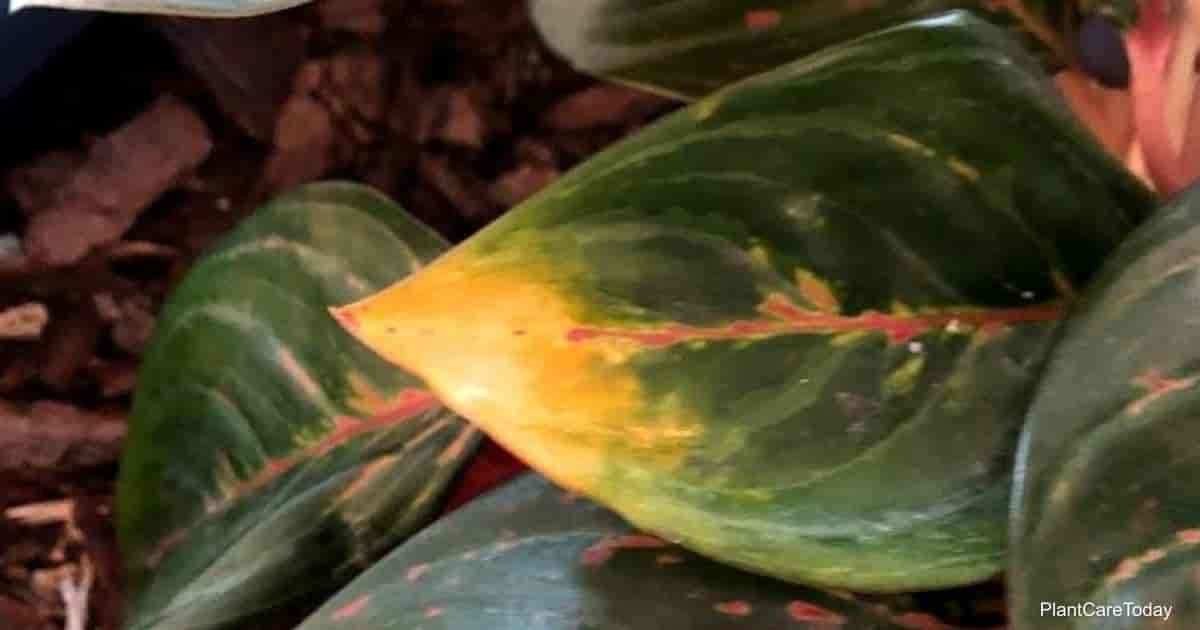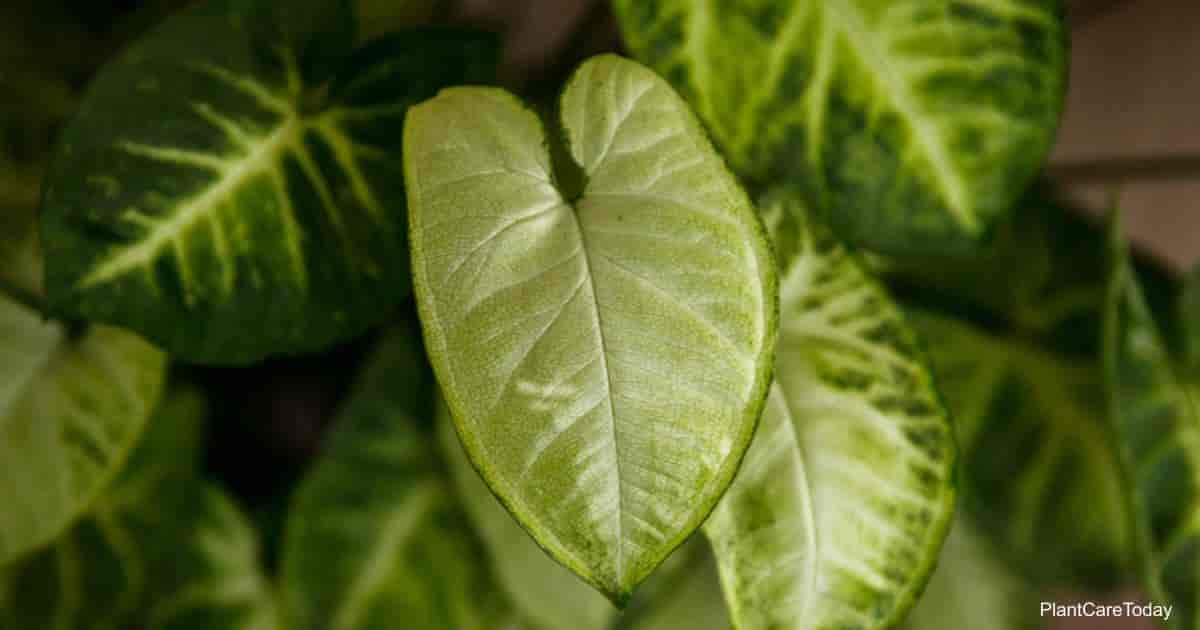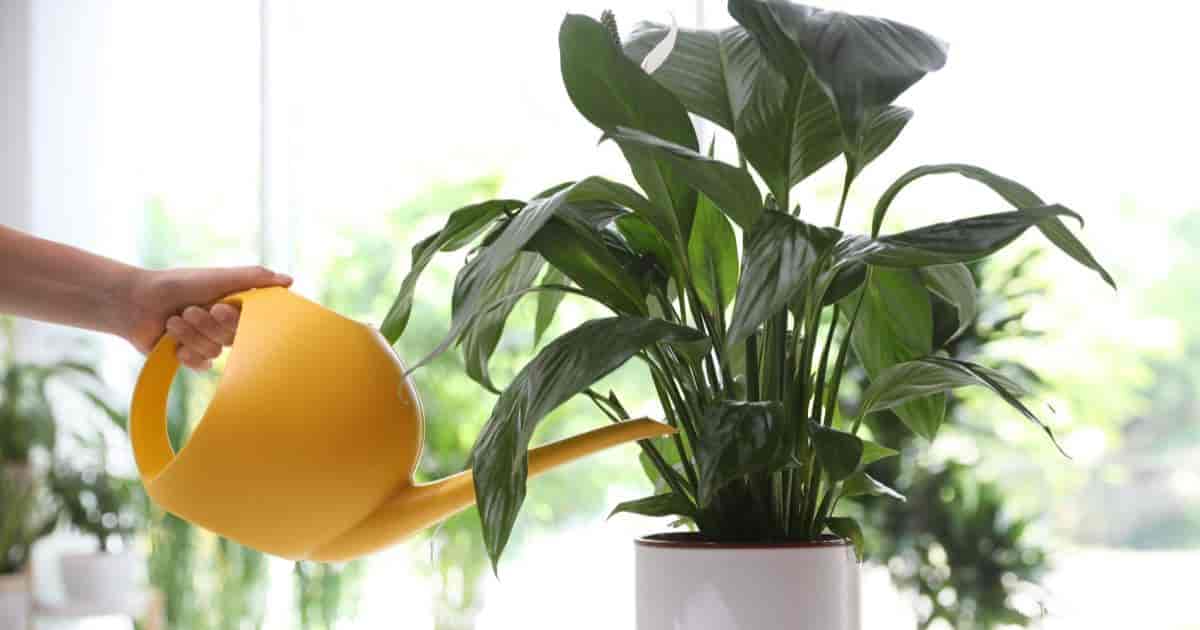Anthuriums are one of the most misleading plants in the entire Araceae family.
They are collected for their colorful spathes, mistaken for flowers (the actual flowers tend to be small and unimpressive).
These curious perennial tropical plants have expanded from 183 species cataloged in 1860 to more than 1,000 species, hybrids, Anthurium varieties, and cultivars.
Thankfully, they all have generally the same care requirements with only a few variations.
One thing that’s often a sticking point is fertilizer, namely what kind and how much to use. This boils down that anthuriums generally don’t require feeding if they’re in the proper soil.
However, fertilizing Anthuriums can help encourage the spathe and blooms, so it’s generally still a good practice to feed them.
Read on to learn more about using fertilizer to get the most out of your flamingo flower.
Best Fertilizer for Anthurium
Before worrying about feeding your plant, you first need to find the right food for what you wish to get out of your anthurium.
A general houseplant fertilizer will work well, but you need to pay attention to the NPK.
High Phosphorus Fertilizers
Choose a fertilizer with a higher phosphorus content (i.e., the number in the middle) when your goal is to focus on the spadix (flowers).
Any ratios of around 1:2:1 will work wonders and help you produce fuller and healthier “flowers.”
Liquid fertilizers tend to work best, but slow-release fertilizer is also usable.
Balanced Fertilizers
If you’re worried about the plant’s overall health more than the blooms, go with a balanced fertilizer like 10-10-10.
This is often a good choice if your plant is recovering from an illness or you suspect the soil is running low on nutrients.
The Argument for Phosphorus-Light Fertilizers
Chances are, you’ll run across experts who recommend using a phosphorus-light fertilizer for anthuriums.
The antithesis of phosphorus-rich fertilizers, these usually have a high nitrogen and potassium content but are low in phosphorus.
This encourages general growth of the plant and can improve bloom health but will not produce as big of blooms.
Good choices for this are ratios such as 20-7-20 in either granular or liquid form.
While this option is mentioned here, most growers find the higher phosphorus fertilizers to have much better results.
So Which Should You Use?
As mentioned before, this is primarily based on whether you want general health (balanced) or are going for big blooms (high phosphorus).
The exact species or cultivar you have may also have slightly different requirements, so be sure to pay attention to any specific requirements for the anthurium varieties in your collection.
When or How to Fertilize Anthurium
The matter of when or how is a little easier once you’ve chosen an NPK ratio to go for.
As a general rule, you will only be fertilizing during the growing season (spring and summer)
How Much Fertilizer To Use On Your Anthurium?
Whatever type of fertilizer you apply always use granular or liquid fertilizer at ¼ strength. Some growers recommend half strength, but anthuriums are easily burned if you apply too much.
As the fertilizer isn’t as vital here as with many other plants, less is more.
When to Fertilize Anthurium Plants?
This is another example of how your specific plant will differ.
Generally, slow-release fertilizer will only need to be applied once in the spring and once in summer. Some brands last even longer, so be sure to read the label.
Liquid fertilizers will depend on your plant’s response.
Most anthuriums will do well with monthly feeding during the growing season, but those adapted to poorer soils and grown outdoors will likely only need feeding every other month.
This is because potted plants drain nutrients from the soil faster since outdoor plants are part of an ecosystem that helps restore the soil quality over time.
Increase the application to every three weeks if the plant’s leaves are yellowing, and you’ve checked other potential causes.
Treating Fertilizer Burn
In the event you accidentally give your plant too much fertilizer, it’s not the end of the world.
You will need to flush out the soil, which works well for both potted and outdoor plants with an aggregate substrate layer. Too much fertilizer can burn roots and lead to root rot.
To flush, put the container somewhere to let the water drain, such as a sink or tub.
You will need enough distilled or filtered water to fill the pot four times (if it is empty).
Begin pouring slowly and steadily, not letting the pot overflow, and continue until you’ve used all the water.
Leave the plant to drain for a few hours before returning it to its home.
A soil change or transplant will work when adequate drainage is an issue, such as when an outdoor plant lacks a substrate.
Credit : Gary Antosh (https://plantcaretoday.com/anthurium-fertilizer.html)





